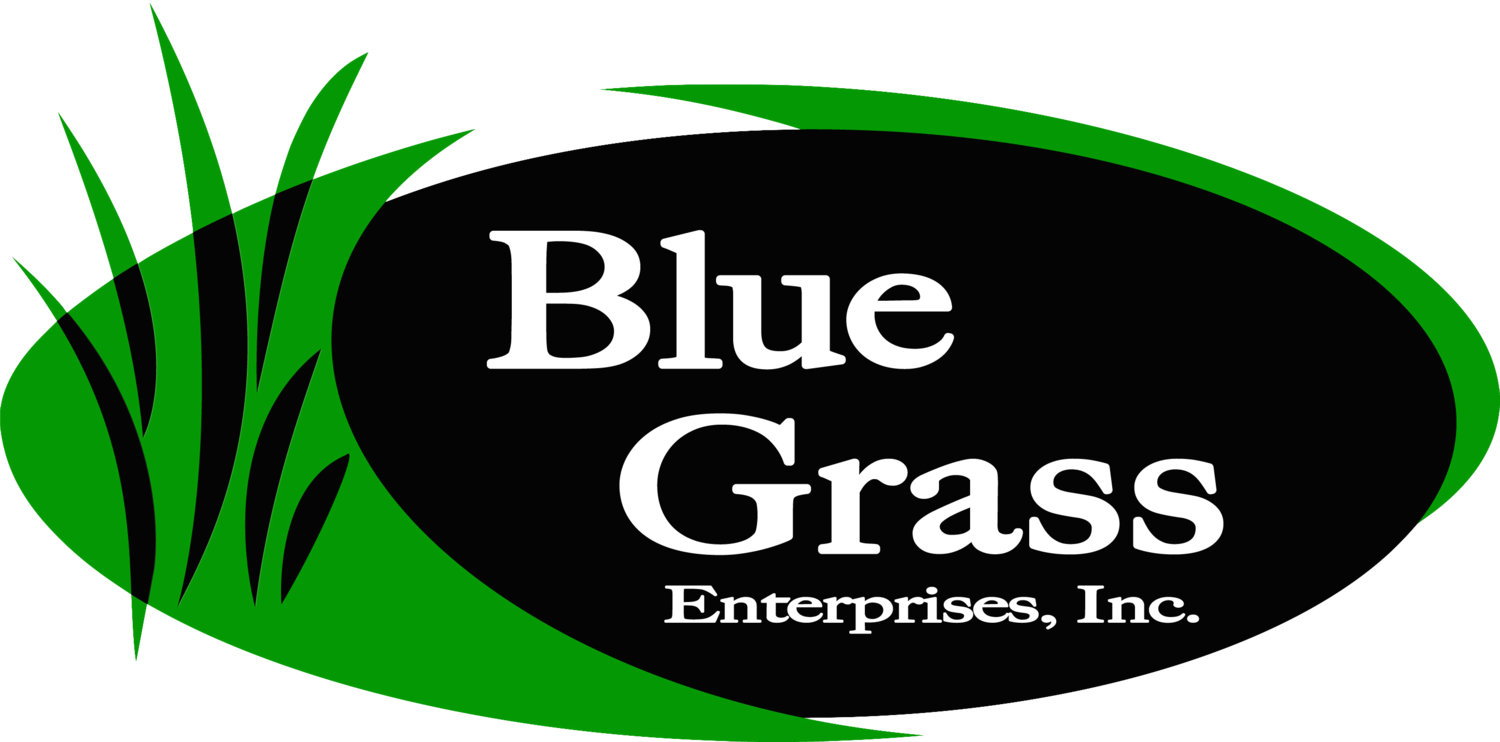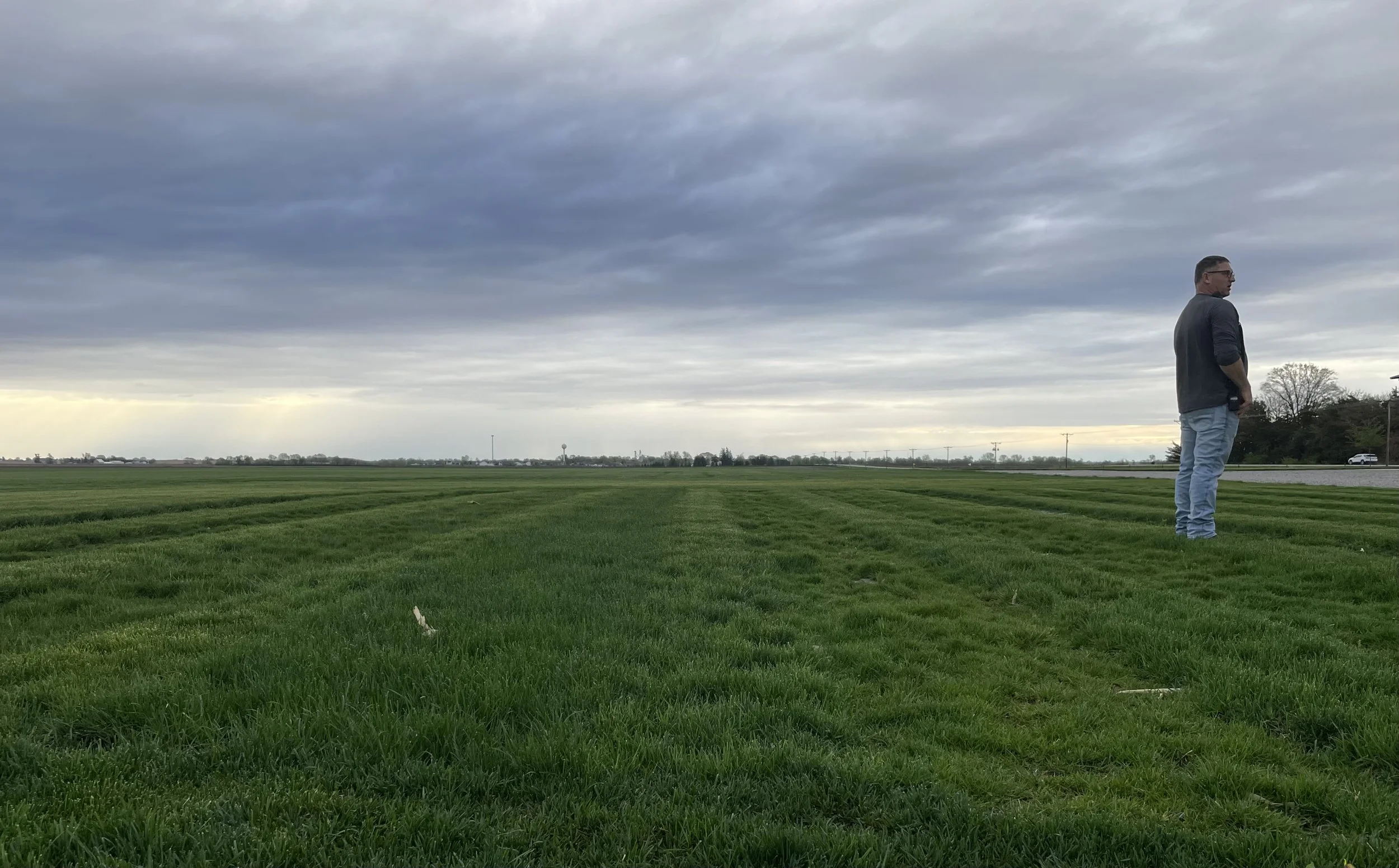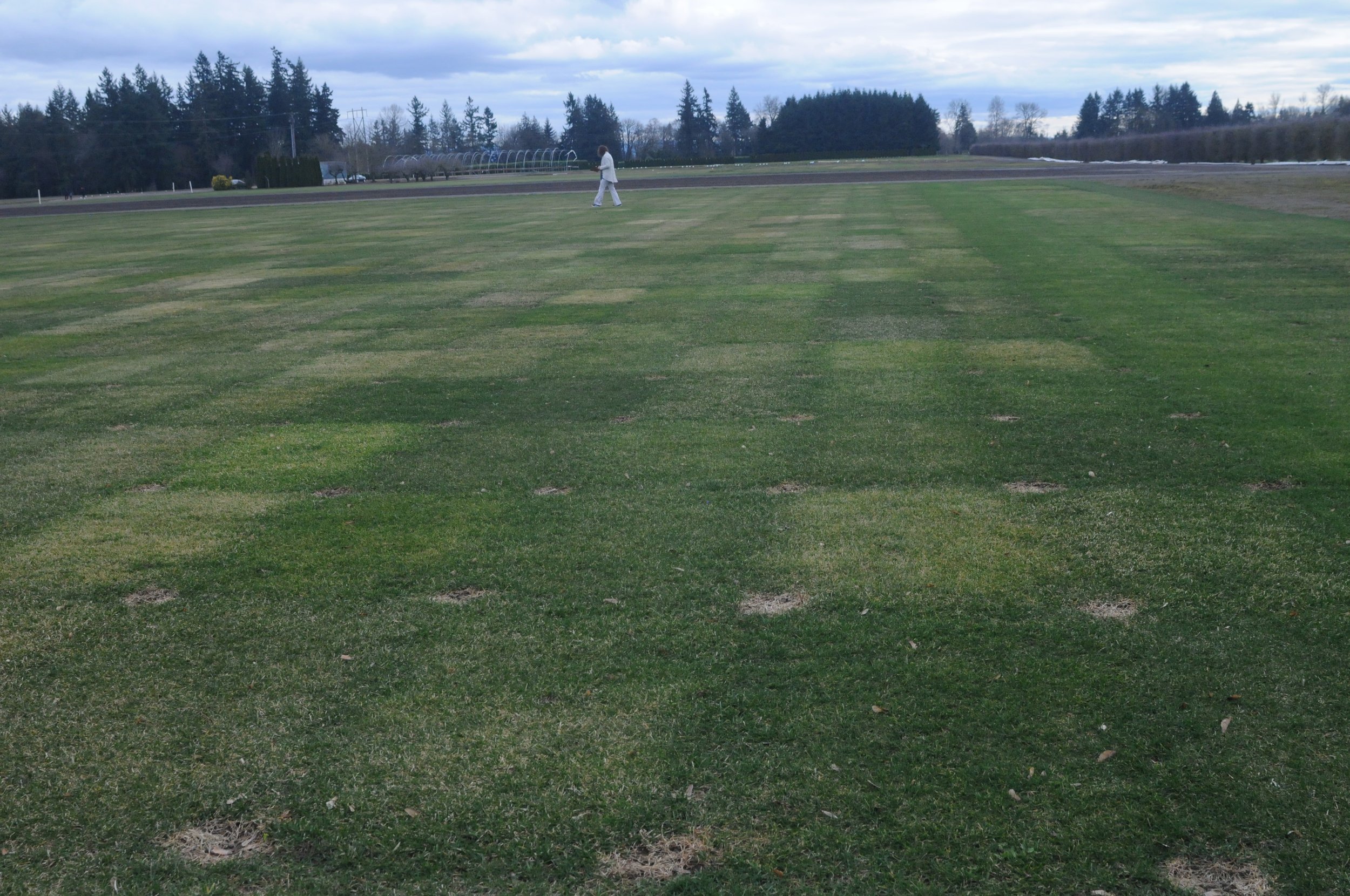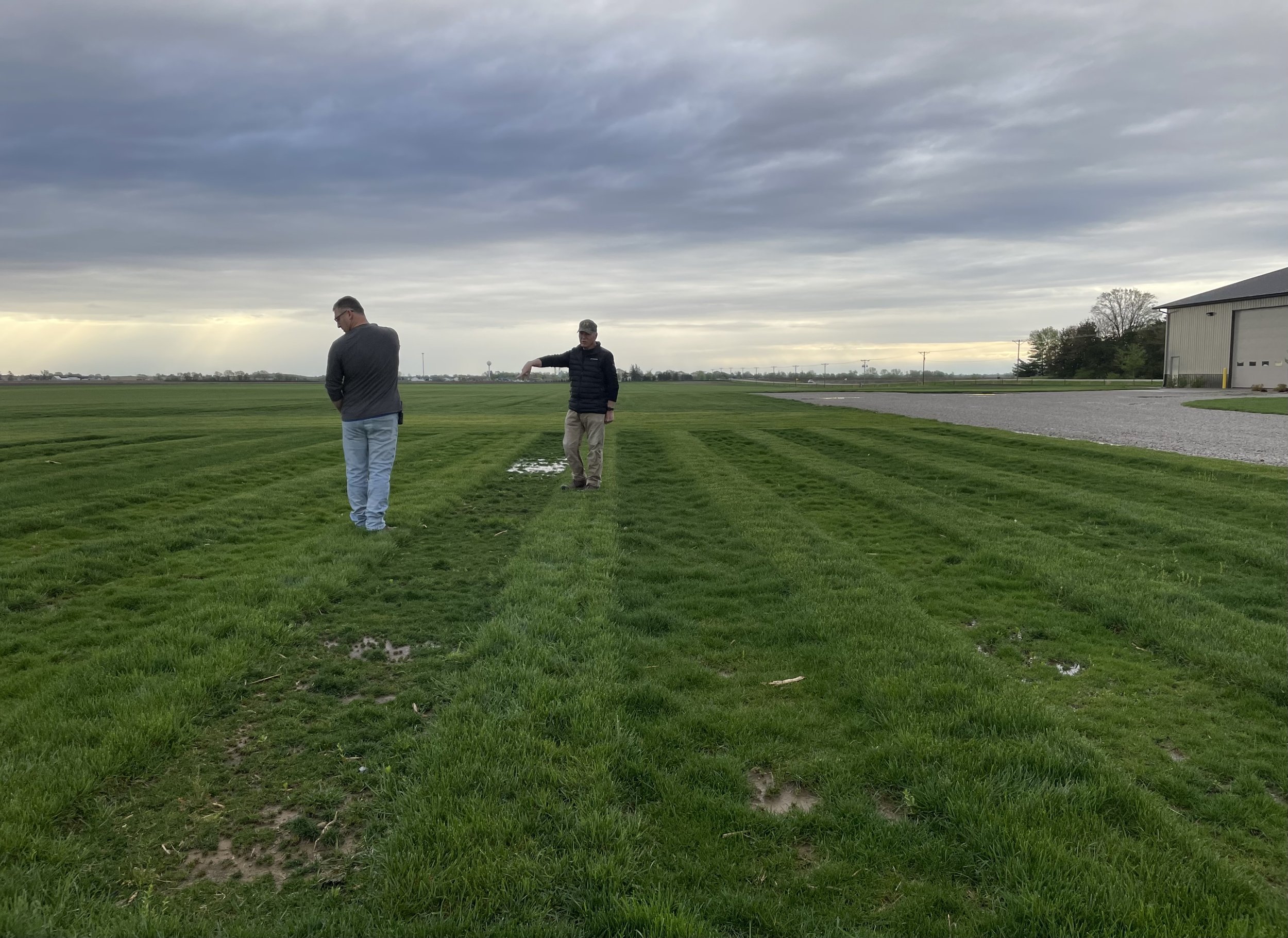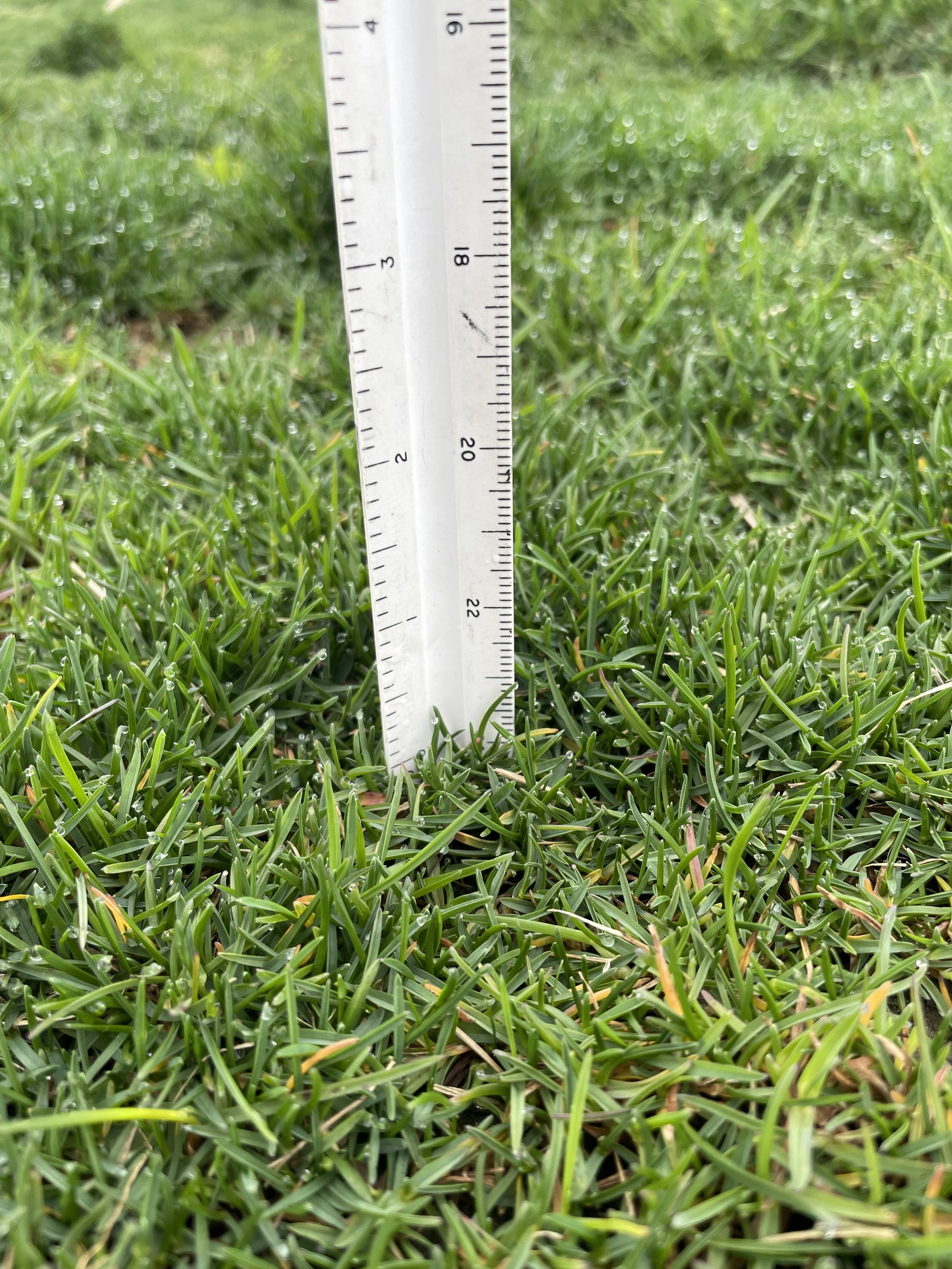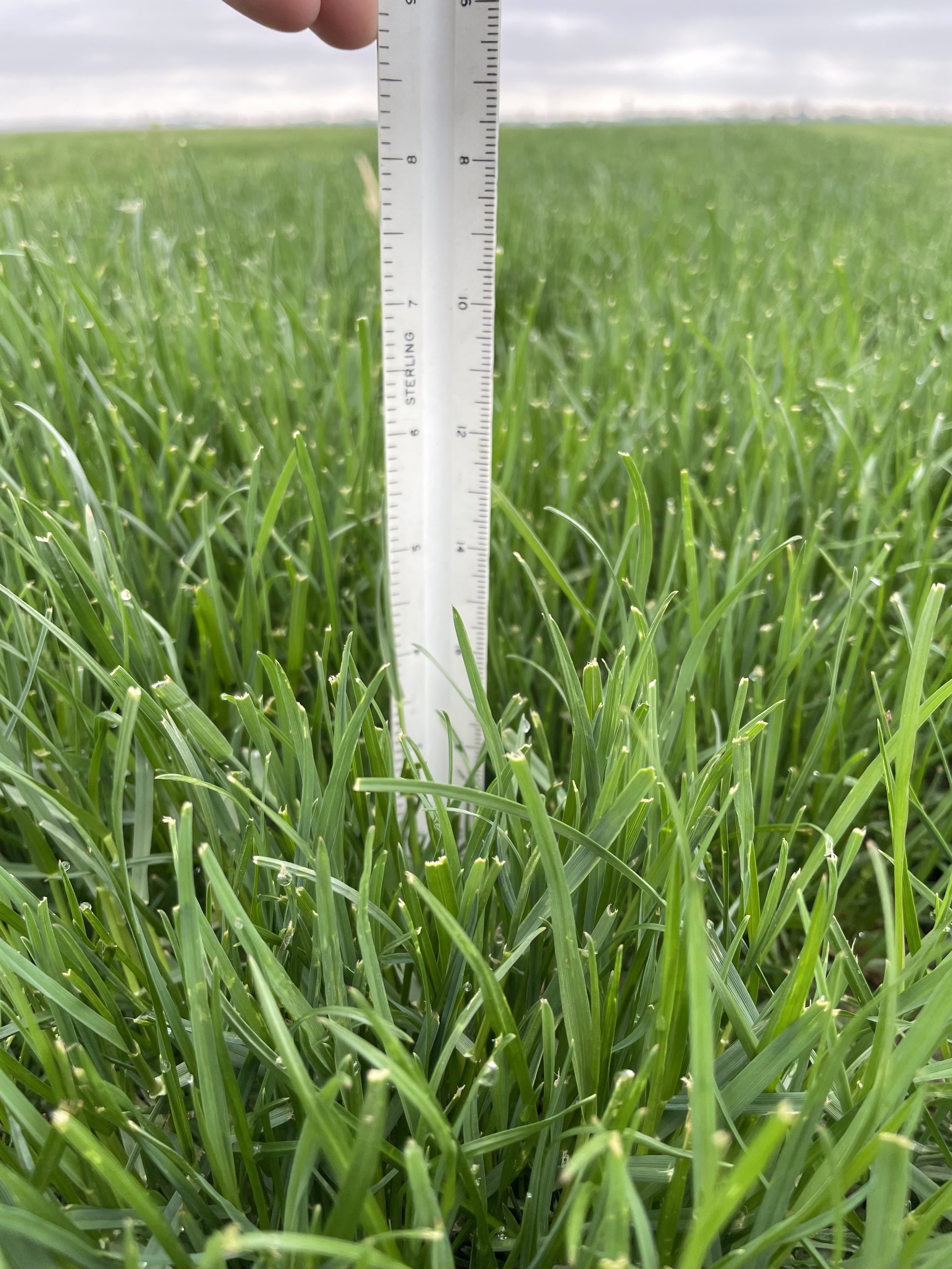Does the type of grass seed you use really matter?
Yes. So much.
Here are a couple of sentences that won’t surprise you to illustrate a point:
No matter how hard I rub my two dogs together, they will never look or behave alike. The same applies to grasses.
There are a lot of breeds of dogs in the world.
Different breeds of dogs can show a lot of variation in coloring, height, speed of growth, and susceptibility to different diseases/pressures or even have exceptionally desirable traits.
You cannot get one breed to look or behave like another dog by putting them next to each other - no matter how cute they are.
Here are a couple more sentences that might surprise you:
There are a lot of cultivars (breeds) of Kentucky bluegrass in the world.
Different cultivars of Kentucky bluegrass can show a lot of variation in coloring, height, speed of growth, and susceptibility to different diseases/pressures or even have exceptionally desirable traits.
You cannot get one cultivar of Kentucky bluegrass to look or behave like another by planting them next to each other - no matter how cute they are.
These genetic differences in Kentucky bluegrass cultivars are what we get really, really excited about around here. (Nerd alert!) So excited that we spend days and days and days pouring over data from NTEP trials and debating which cultivars we might have interest in bringing to our farm for onsite testing in our own test plots.
What are NTEP trials!?
You can read all about the trials and even look over lots and lots of spreadsheets of data here if that sort of thing interests you. But in essence, there are roughly 26 universities spread across the US that have a standardized method of evaluating up-and-coming cultivars for things like traffic tolerance, drought resistance, disease resistance, color potentials, overall quality, and mowing height tolerances. Iowa State, the University of Minnesota, the University of Illinois, and Purdue all have NTEP studies in Kentucky bluegrass we follow closely each year.
So Then What Happens?
This is what our test plots look like here at the farm. Let us know if you ever want a tour, we would be happy to show you around and let you see for yourself!
After spending lots and lots of time looking at NTEP data, we try to narrow down our focus to a list of 5-10 cultivars that might be of interest for particular traits we are looking for in our sod. We will often schedule visits to one of these universities to see the test plots in person, intentionally not asking the location of the cultivars we think might be our favorites, to see if we can pick them out of the plots that often have 100s of cultivars next to each other. Sometimes, we guess right. Sometimes we find something else that catches our eye.
If we REALLY like what we see, we contact the NTEP folks to find out who has produced the cultivars we like and then we get sample seed sent to the farm. When we get the sample seed onsite we put them into our own test plots and deliberately try to upset them to see how they stand up to various stresses.
After a few years in our test plots, we choose our favorite cultivars to purchase and blend into our sod field seed here at our farm. This process ensures we have full control over exactly what is in our fields and can ensure our sod is truly state-of-the-art.
Midnight Kentucky bluegrass being mowed with powdery mildew disease fungal spore cloud
Can grass really be state-of-the-art?
Absolutely. Here is a photo of the cultivar “Midnight” which was state-of-the-art in the early 90s. Midnight Kentucky bluegrass is what everyone wanted for high-end jobs. But guess what? It was susceptible to the disease powdery mildew. Pictured here is a cloud of powdery mildew spores behind a mowing tractor on our field. Aren’t you glad grass genetics have improved already!?
Here are the six traits we prize most in our cultivars, and explanations for why this matters to you and our surrounding communities.
Test cultivar of Kentucky bluegrass at 4 months of age (.5” in height)
A traditional “sun shade mix” of Kentucky bluegrass, rye, and fine fescue at 4 months of age (6” in height)
Dark cultivars - In the US, we tend to love the aesthetic of a dark, lush lawn that is in high contrast to the surrounding landscape. By selecting cultivars that are genetically dark naturally, people will be less tempted over-fertilize a lawn to achieve this look.
Dense growth pattern - Grass plants that thrive in a dense growth pattern do a better job naturally crowding out competition from weeds without the use of herbicides. Our goal is to produce sod that lowers a community’s need to spray for weeds in a meaningful way naturally.
Dwarf heights - Our cultivars grow very, VERY slowly. This might be our customers’ favorite benefit because it means you will mow significantly less often than most traditional “bluegrass mix” lawns. To illustrate this point, I have included two photos from our test plots. These two plots were seeded on the same day. You can see one plot is almost 6” tall while the other is barely 1/2” in height. Think of the collective impact of an entire neighborhood that doesn’t have to mow often. Better yet, imagine a park, a ball field, or an entire community. The reduction in fossil fuel consumption and emissions are staggering to think about. Our sod can be trained down to a height of about 1/2” (which makes golf courses love it), but generally, we recommend mowing heights of 3.5” or higher in the heat of summer to avoid stressing the plants and to maximize other benefits for the plants throughout the season.
Disease resistance - The cultivars we grow here should not be treated with fungicides annually. All of the cultivars here have extremely high tolerances for common diseases like summer patch, necrotic ring spot, and pythium blight. In fact, over the course of their existence, it is statistically unlikely you would ever need to spray them for a common fungus if your feeding and cultural lawn practices are up to snuff. This increased disease resistance means collectively we can cut WAY back on fungicide usage in lawns which is a HUGE benefit to the overall health of soils in our beautiful state.
Insect resistance - Our cultivars should not need to be annually treated for insect control. It often surprises customers to learn we do not treat our fields for insects at all unless there is a specific issue to address. If damage were to occur due to an influx of a particular insect, such as grubs, we have the benefit of #2 above to speed our repairs efficiently. Kentucky bluegrass spreads by rhizome activity, making it incredibly capable of self-healing after injury (if given the food and water it needs to do the repairs). This gives caretakers even more options for easily caring for a beautiful lawn without having to mess with seed for repairs.
Drought resistance - We are always looking for more water-efficient cultivars. To date, the elite Kentucky bluegrass cultivars we grow here outperform some warm-season grasses (like tall fescue) in drought tolerance and recovery (we know this because we grew tall fescue for 12 years and watched our Kentucky bluegrass repeatedly “win” the race to recovery after major drought events). Kentucky bluegrass, as a cool-season grass, is also capable of surviving our increasingly frigid winters, where warm-season grasses cannot survive.
Whoa.
Right? We think so too.
Science is fun, friends! Innovation is happening in every industry.
The last two things I want to share before signing off are these two short videos highlight the difference two-and-a-half weeks makes among 26 cultivars in our test plots. These videos highlight genetic differences so well and really help to illustrate how critical it is to consider how cultivar selection can impact the quality, look, and feel of your final project.
Thank you for supporting companies who work hard to make changes that have positive impacts in our lives and our communities!
And if you ever want to read more about why we don’t like overseeding, or the kinds of grass seed we offer, or want to join us for a tour or some of our education events to learn more, just check out those links!
